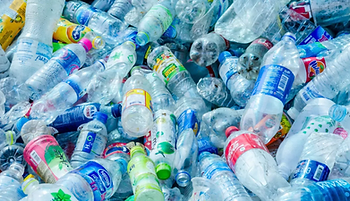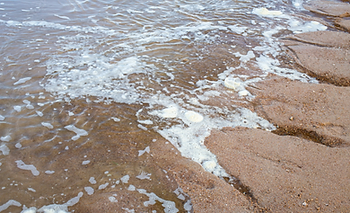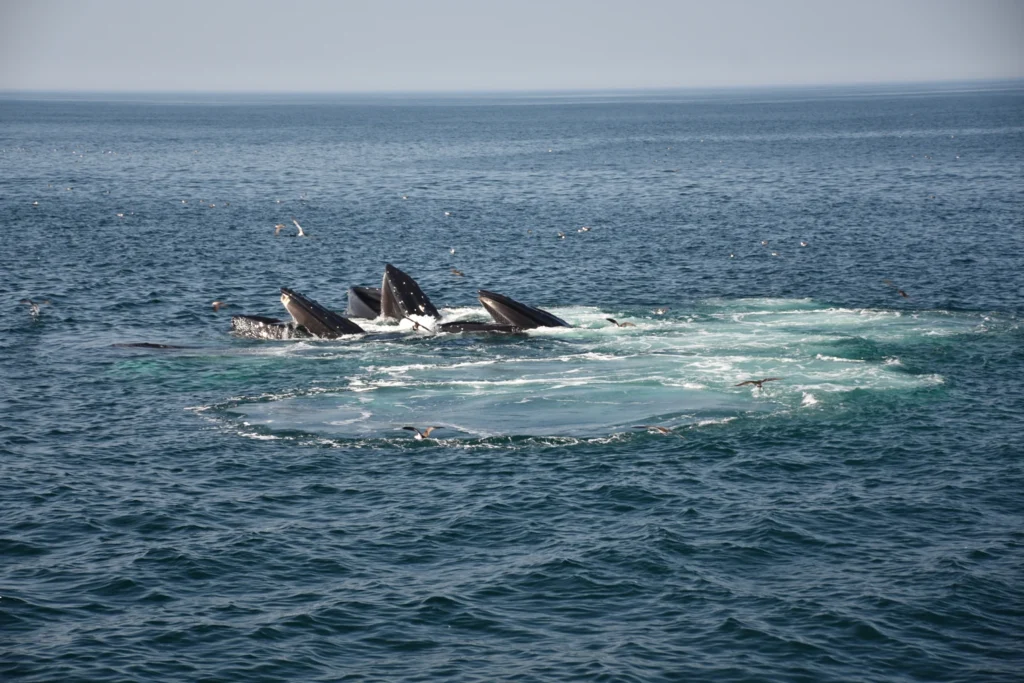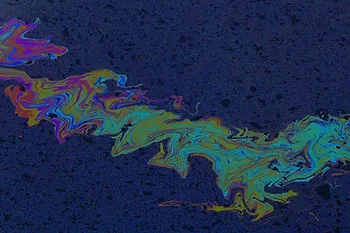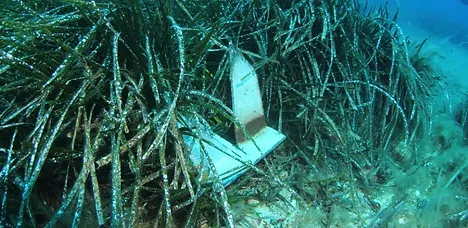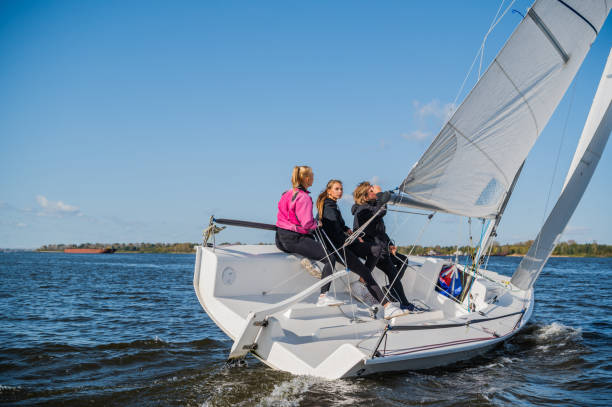The following morning, John is in a great mood and he starts telling good stories from breakfast.
He slept well, without stress, because he knew his anchor was holding very well. He dove the day before and checked the anchor. He has 40 meters of chain in only 5 meters of water.
When it was time to set sail, John and his crew, took up the slack on the anchor chain. The chain went up and, with it, an impressive quantity of seaweed invaded the davit and the anchor locker.
Finally, the anchor emerges, a real lump of seaweed, sand and agglomerated mud. All of that must be cleared away, with a gaff, before putting the anchor in its place.
As a result, the floor of the catamaran’s bow looks rather dirty, as does the anchorage, where clumps of seaweed torn from the bottom are floating, a real dredging operation… Very bad for marine life and very bad for the environment.
Solution to avoid anchoring: Moorings and sand beds
Anchors destroy plants and damage oceans
Destroying seaweeds with our anchors is real issue. Most people are unaware of consequences. It badly impacts marine life and it is a real treats in some popular anchorage areas. The solution is to prefer mooring. We know it is more costly but moorings are designed to minimize the impact of repeated anchoring on the often fragile bottom. We are all responsible to preserve wildlife everywhere we go.
Choose organized anchorages as much as possible, and when you anchor avoid anchorages that are not made of sand.
IN CONCLUSION:
Not so easy to be an Eco-friendly sailor. Most sailors try their best but there is still a lot to do. The industry is getting better but it is up to us to adopt better behavior, avoid plastic, avoid using non-sustainable products. We only have one planet. Nature must be respected and protected.
You can meet eco-friendly sailors and start good practice with Coboaters
